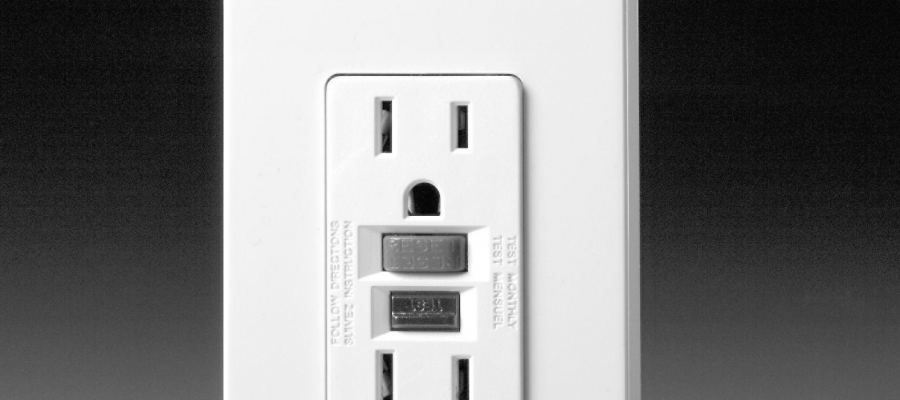 Jul. 5, 2019
Jul. 5, 2019
Electricity plays many roles in our lives, from powering baby monitors, cell phones and lighting, to running HVAC systems and appliances. No wonder we get so comfortable with its instant availability that when we flip a switch. We expect most systems or devices to do the job.
Now is a great time to look around your home and check for potential safety hazards.
Remember, every electrical device has a purpose and a service lifespan. While we can extend their operations with maintenance and care, none of them are designed to last or work forever. When electricity is involved, failures can present electrical hazards that might be avoided with periodic inspections.
Ground Fault Circuit Interrupters
Outdoor outlets or those in potentially damp locations in a kitchen, bathroom or laundry room often include GFCI features. They are designed to sense abnormal current flows, breaking the circuit to prevent potential electric shocks from devices plugged into the outlets.
The average GFCI outlet is designed to last about 10 years. However, in areas prone to electrical storms or power surges, they can wear out in five years or less. Check them frequently by pressing the red test button. Make sure you hit the black reset button when you are done. Contact a licensed electrician to replace any failing GFCI outlets.
Loose or Damaged Outlets or Switches
Unstable electrical outlets or wall switches with signs of heat damage or discoloration can offer early warnings of potential shock or electrical fire hazards. Loose connections can allow electrical current arcing. If you see these warning signs, it may be time to contact an electrician.
Surge Protectors
Power strips with surge protectors can help safeguard expensive equipment, such as televisions, home entertainment systems and computer components, from power spikes. Voltage spikes are measured in joules, and surge protectors are rated for the number of joules they can effectively absorb. That means if your surge protector is rated at 1,000 joules, it should be replaced when it hits or passes that limit. When the limit is reached, protection stops, and you’re left with a basic power strip.
Some surge protectors include indicator lights that flicker to warn you when they’ve stopped working as designed, but many do not. If your electrical system takes a major hit, or if you don’t remember when you bought your surge protector, replacement may be the best option.
Extension Cords
If you use extension cords regularly to connect devices and equipment to your wall outlets, then you may live in an underwired home. With a growing number of electrical devices connecting your family to the electricity you get from NAEC, having enough outlets in just the right spots can be challenging. Remember, extension cords are designed for temporary, occasional or periodic use.
If an extension cord gets noticeably warm when in use, then it could be undersized for the intended use. If it shows any signs of frayed, cracked or heat-damaged insulation, it should be replaced. If the grounding prong is missing, crimped or loose, a grounded cord will not provide the protection designed into its performance. And always make sure that extension cords used in outdoor or potentially damp locations are rated for exterior use.
According to the Consumer Product Safety Commission, approximately 51,000 electrical fires are reported each year in the United States, causing more than $1.3 billion in annual property damage.
Electricity is an essential necessity for modern living, and NAEC is committed to providing safe, reliable and affordable power to all of our members. We hope you’ll keep these electrical safety tips in mind so that you can note any potential hazards before damage occurs.
—Derrill Holly/NRECA
Image courtesy of ESFI